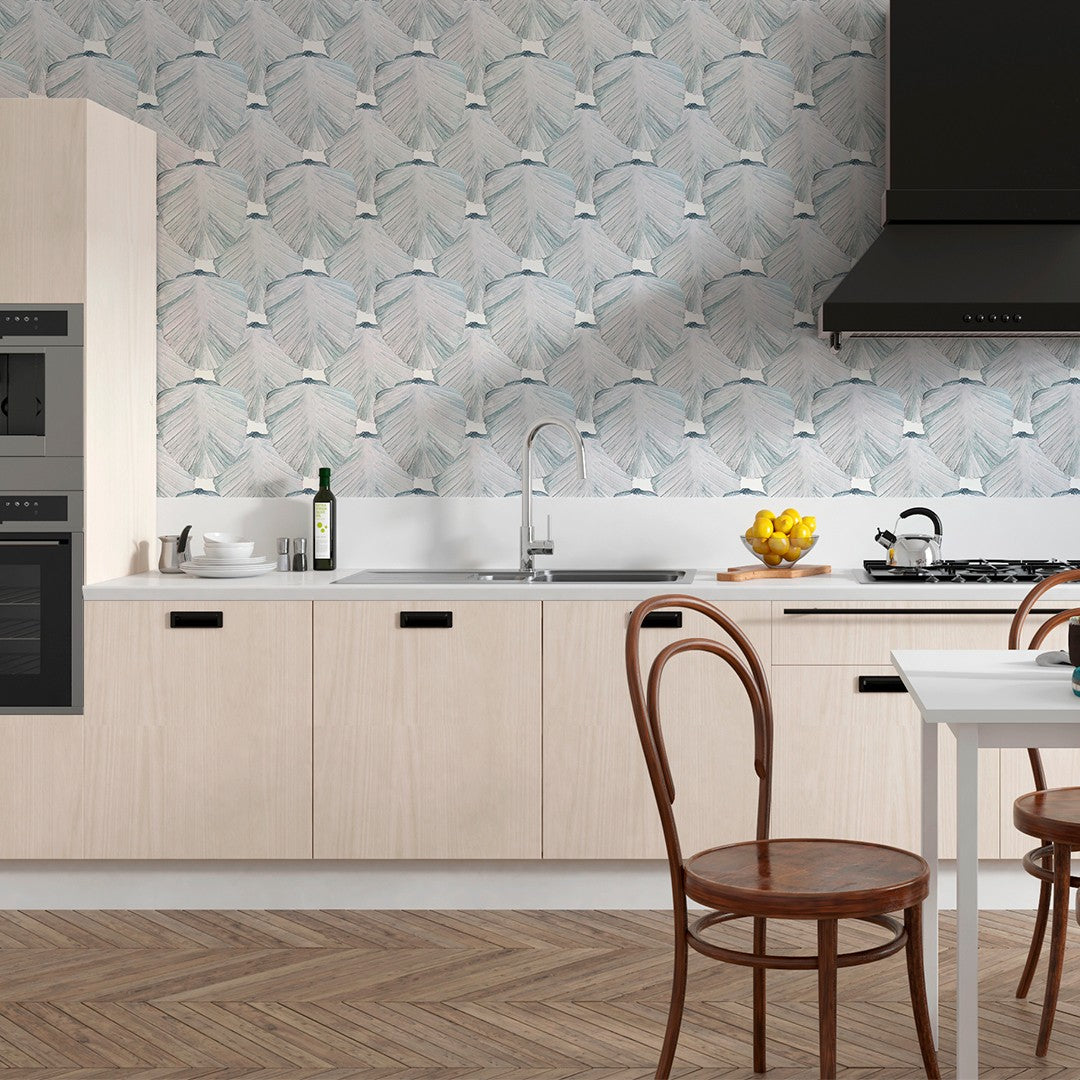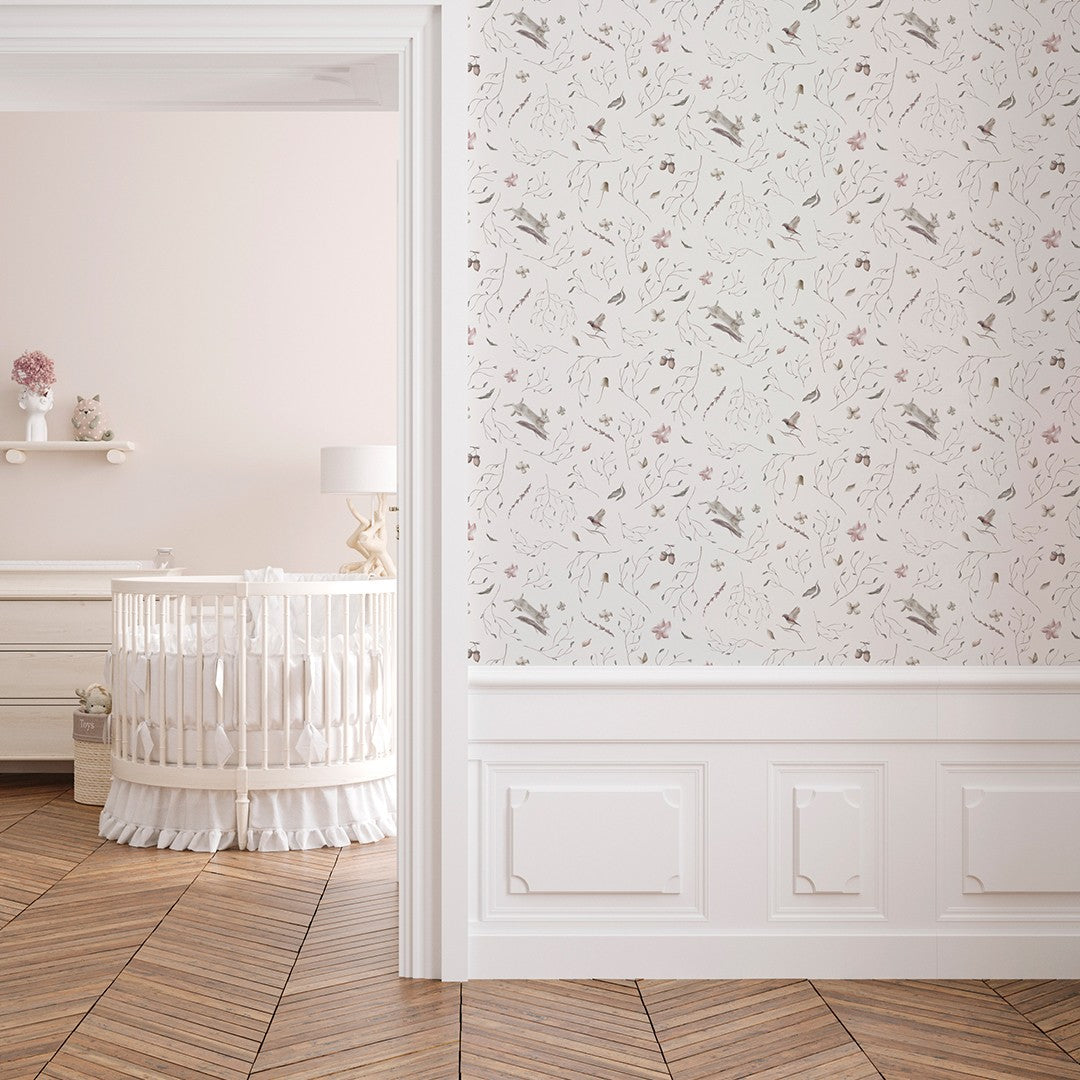
HOW TO DISGUISE SEAMS WHEN INSTALLING WALLPAPER?
Part of the magic when installing a wallpaper in a room is achieving a continuity effect with great visual impact. For this, it is necessary that no type of interruption in the pattern or design of the wallpaper is noticeable. One of the main processes to achieve this is to fit the match and the other is to ensure that the joints remain invisible.
As you may know, the wallpaper is installed in strips that are cut from a roll. Several of these strips are placed along a wall, making their edges match. Concealing these joints correctly is the key to success in the installation.
Starting from the point that the pattern is already located and fitted, special care must be taken in the joint area when placing the paper. In addition to being hidden, they must be perfectly attached. This will prevent the paper from lifting and causing creases and tears.
Correct installation is the key to avoiding noticeable joints
To place a strip of wallpaper next to another, the first thing to ensure is that they do not overlap. They must fit perfectly next to each other at the same level. To achieve this, it is important to take your time to position each strip correctly. At first, it will be more difficult, but you will gradually gain practice.
With the help of a cloth, you can make a pass so that the edges of the strips of wallpaper become completely invisible. If you do it well, the joints will be totally invisible to the naked eye. It is a simple process but one that must be meticulous. There are small rollers that also help to adjust the placement of the joints of the wallpaper. If you get this tool, this task will be much easier.

Also remember that until the glue is completely dry, you have a certain margin to move the wallpaper strip. It is the right time to check if the finish is correct and to act to fix any possible mistakes. Once you have ensured that everything is correct, you can proceed with the installation of the next strip.
What to do if the joints are visible when the glue is already dry
When the glue dries, our options are drastically reduced. With the glue already dry, you can try to carefully remove the affected strip from the wallpaper and reapply it, always keeping in mind that you will have to do the same process with the other strips until the end of the wall.
Non-woven wallpapers usually come off the wall easily and without leaving residue, but it all depends on the glue used. If an extra-strong glue was used during the installation process, the wallpaper will have greater adhesion to the wall, and when removed, parts of the paint may come off. In some cases, it may be necessary to re-wallpaper the wall or seek the help of a professional if the seams are very noticeable and cannot be satisfactorily concealed.
For occasions when the joints have been raised, you can reuse glue, but if the area is not too large, there are special adhesives that can be used. They are applied with a small brush and achieve very good results.
To avoid all these types of incidents with the wallpaper joints, it is best to ensure a correct placement from the beginning. Therefore, it is always better to act before the glue dries.



